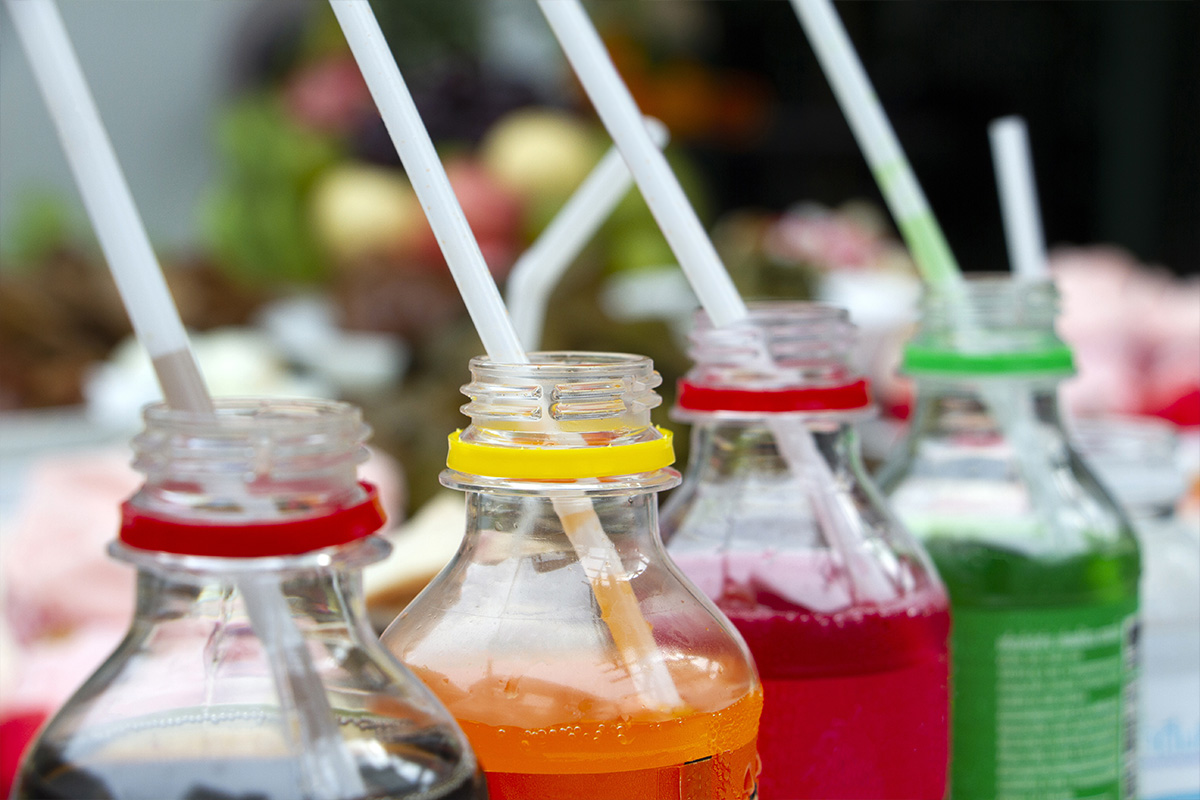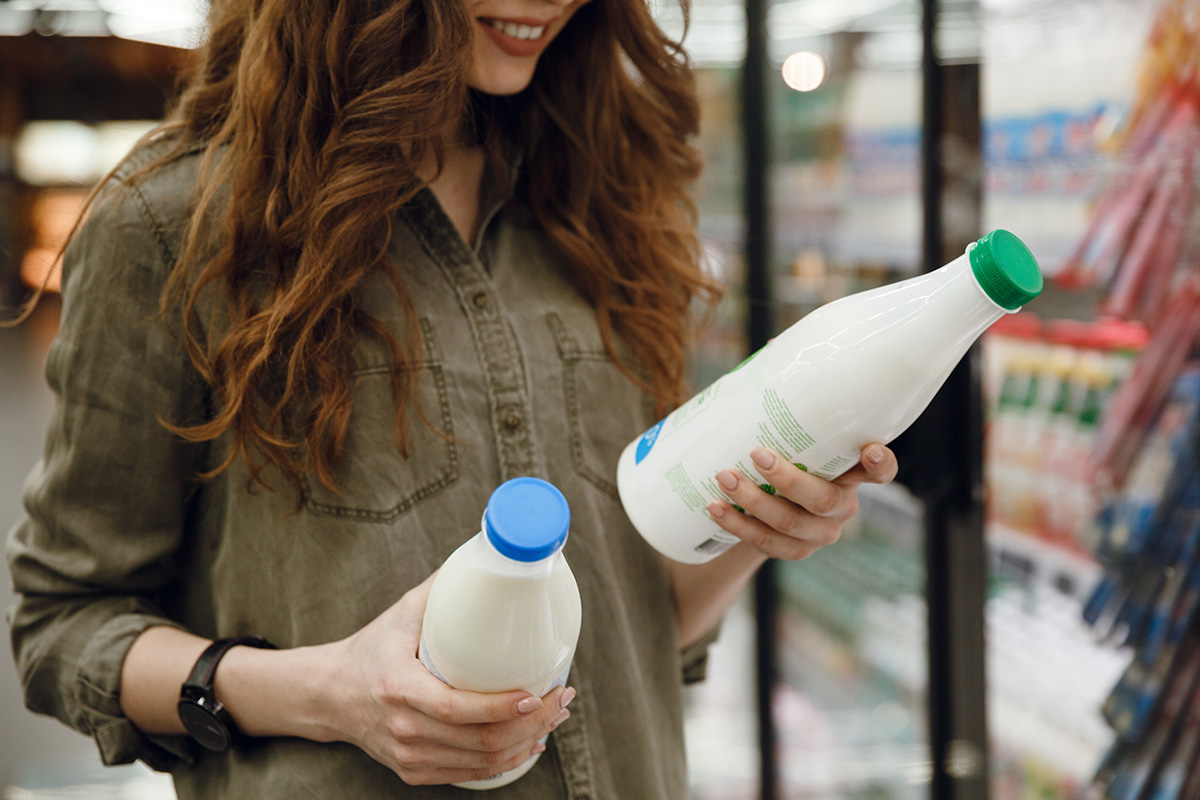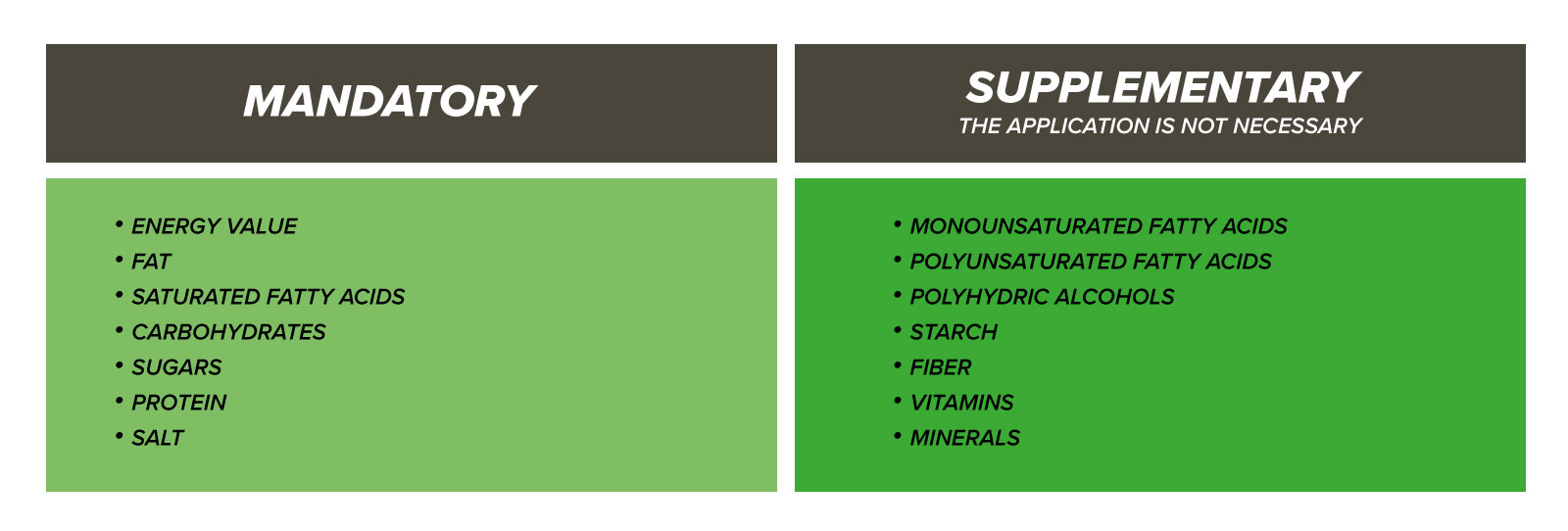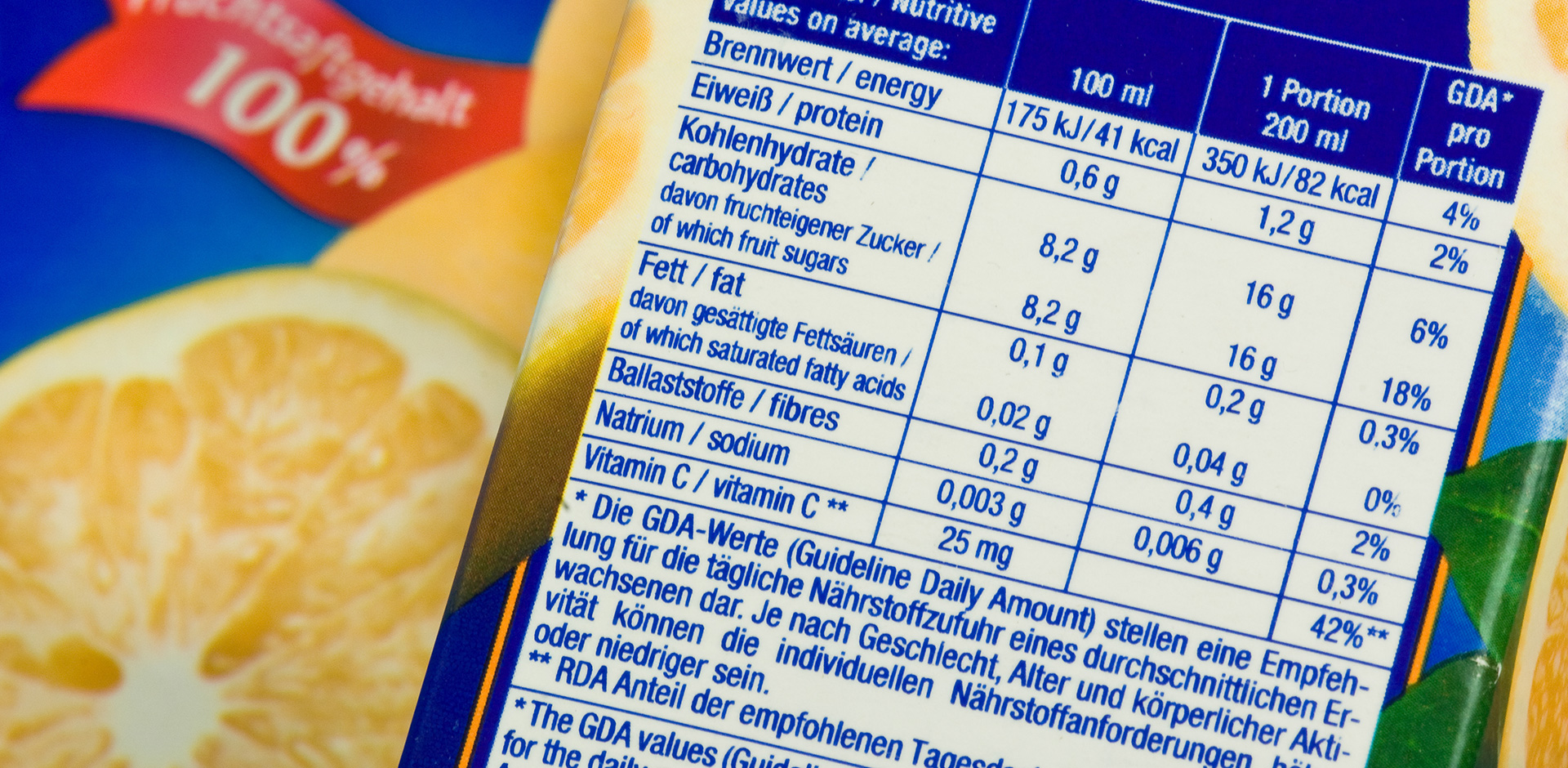The labels of food products apart from the attractive appearance that attracts consumers also present an important informative value. On each package you will find the composition of the product and tables of nutritional values. The article below presents information on how to correctly interpret the data on the label.
How to be a conscious consumer?
Knowing the detailed information about the products we choose is important to properly composing the daily menu. By reading labels, consumers become more aware and are able to choose the right replacements, without the chemical additives characteristic of processed foods.
The following elements are required on the packaging of the product:
• name of food,
• list of ingredients,
• ingredients / auxiliary substances,
• the net amount of the product,
• date of minimum durability or expiry date,
• special storage or use conditions,
• name and address of the producer,
• country / place of origin of food,
• instructions for use,
• the alcohol content when it constitutes> 1.2% by volume of the drink,
• information on the nutritional value.
In order to avoid mistakes when selecting products for you step by step, we analyzed the most important data on the label.
Product name
The name is often accompanied by additional information, encouraging to buy, such as "home, grandmothers, straight from the oven, rural, natural", as well as the method of production or the form of the product, such as frozen, ground. Some manufacturers encourage you to buy products by adding the following words on the packaging: "no added sugar", "low fat content". They are so-called nutritional statements, and their placement is regulated by law. Remember, however, that the information "Product without added sugar" says that the product does not contain added sugars. However, it may contain simple sugars, naturally occurring in fruits such as juices.
The expiry date of the product
This record occurs in two forms:
• "To be used until ..." - means, the expiration date - this means that after the prescribed period, the product should absolutely not be consumed.
• "Best before ..." - it suggests a date of minimal durability, after which the product can still be consumed (if properly stored) and it should not involve health risks.
These messages do not apply to fruit and vegetables or certain products, such as alcoholic beverages, sugar, salt. In other cases, this is mandatory information, just like the one about storage conditions. There are product categories for which mention of the country or place of origin is obligatory, e.g. honey, fish, beef, eggs, wines and spirits, olive oil, imported poultry.
Composition of the product

This data is one of the most important elements of the label for the consumer. First of all, the components that were used in the largest amount are listed.
Try to avoid food, where:
• Sugar is in the first position. In addition, it is worth remembering that sugar has more than one name. Often the packaging says "juice without sugar". Under this can be many sucrose substitutes, such as: concentrated fruit juice, cane sugar, date sugar, coconut sugar, grape sugar, invert sugar, palm sugar, organic sugar, artificial honey, barley malt, molasses, glucose and fructose syrup, glucose syrup, caramel, lactose, galactose, maltose, fructose, muscovado, glucose, barley malt.
• Hardened fats - during hardening of vegetable oils, the unsaturated fatty acids are transformed into saturated ones, as a result of which the liquid consistency turns into a solid one. During this process, trans fats are formed, which have harmful effects on the human body. We find them mainly in margarines, confectionery, biscuits, ice cream, ready-made sauces, chips, in fast food.
It's best to choose products with the least amount of ingredients - the shorter the composition, the more natural product!
Food additives
The label also contains information about additional substances, in the form of a symbol with the letter E, or their full name. Compounds "E" are divided according to the technological function they have to meet after adding to the food, e.g. dye, stabilizer, preservative. They are added to products to extend the period of consumption, to prevent adverse changes in appearance, smell or taste. Not all "E" are harmful, because among numerous numbers also appears vitamin C, or lactic acid, or E160d - lycopene, which is a dye extracted from tomatoes.
Breakdown of food additives:
E100 - E199 are dyes
E200 - E299 are preservatives
E300 - E399 are antioxidants
E400 - E499 are leaching agents, gelling agents, emulsifiers
E500 - E599 are auxiliaries
E600 - E699 are flavor enhancers
E900 - E999 is a polishing and sweetening agent
E1000 - E1999 are preservatives, thickeners, stabilizers
Consumer be aware!

Consumers choosing products that have a long shelf life, often do not know that this is due to the use of food additives. The average person consumes about 2000g of these substances annually. Currently, 330 additives are allowed for sale. Before the compound is applied, it undergoes tests and then receives an assessment confirming its safety. However, despite the control, a number of reports indicating the occurrence of side effects arose. This situation led to the withdrawal of a few additives that were previously determined to be safe, such as E104 - quinoline yellow - a food color, which has been shown in studies to cause hyperactivity and concentration problems in children.
It is an important fact that the law does not specify the risk associated with the use of more than one additive at a time in the nutritional portion. This situation carries some risk related to the accumulation and synergistic effect of food additives. Therefore, the action of a single compound may be safe, but their sum in the product may carry some risk, because in total they may exceed the allowable dose. Special care should be taken by pregnant women, breastfeeding mothers and children. Long-term exposure to food additives is associated with negative health effects.
Allergens
Substances that cause specific allergic reactions, e.g. gluten, nuts, soy, milk. Often on the label you can find information that "the product may contain traces of xxx". Manufacturers place it when there are allergens in the plant and may cause unintentional contamination of the product.
Nutrition information
Which elements are mandatory and which are voluntarily exchanged?

Mysterious shortcuts?
RWS - Reference intake value - information on the extent to which the product covers the daily requirement for individual ingredients (eg protein, carbohydrates, fat, energy). The reference values are averaged and refer to the average adult (8400 kJ / 2000 kcal). Typically, information is given per portion of product and is expressed as a percentage.
The consumer in this column can find data to what extent the vitamins and minerals present in the product (if any) cover the percentage of recommended daily intake (RDI).
Summary
The increasing number of civilization diseases is associated to a large extent with the consumption of highly processed food products, rich in sugar, hardened fats and food additives. Regular reading of labels is an important element supporting the compilation of a balanced diet. The phrase "you are what you eat" should be rooted in the mind of every consumer.





